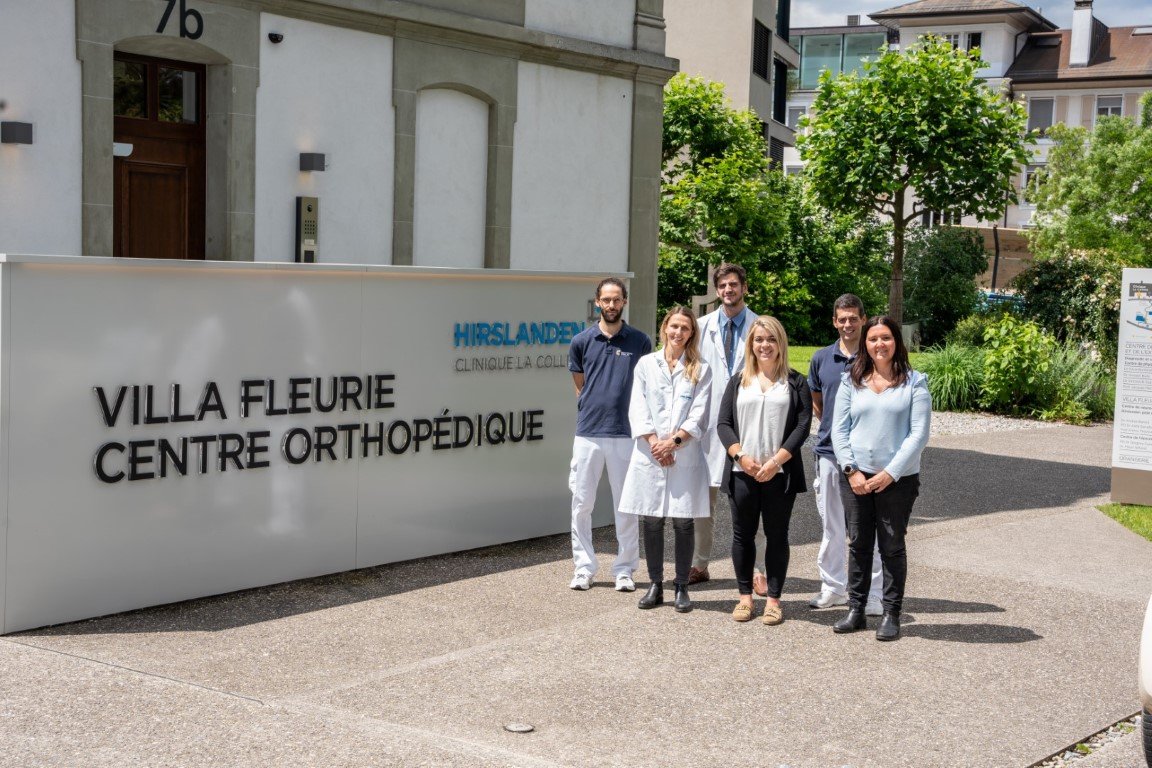Publication: Medicine (Baltimore). 2020 Dec 11;99(50):e23595. doi: 10.1097/MD.0000000000023595.
Co-authors: Pacaud J, Cunningham G.
Abstract:
Introduction: Lipoma Arborescens is a rare pathology that mainly affects the knee. Occurrences in the elbow are even more uncommon and mainly involve the bicipitoradial bursa.
Case’s description: We describe the case of a 54-year-old patient known for rheumatoid arthritis, who consulted for chronic elbow pain associated with swelling and limited extension.
Diagnosis: The diagnosis of a lipoma arborescens of the elbow involving the whole joint was made using magnetic resonance imaging and confirmed during arthroscopy.
Interventions: After a failed nonoperative treatment consisting in intra-articular cortisone injections and physiotherapy, the patient underwent arthroscopic synovectomy and arthrolysis.
Outcome: At 1-year follow-up, he reported no pain, satisfactory range of motion, and major improvements in clinical scores.
Conclusion: This is the first illustrated case report about lipoma arborescens involving the whole elbow joint. Even though it is a rare disease, awareness of its presentation, imaging patterns, and treatment options is therefore important for clinicians, radiologists, and surgeons. In this case, arthroscopic treatment resulted in satisfactory and long-lasting pain relief and functional results. It may be considered as a safe and effective option in case of failed nonoperative measures.




